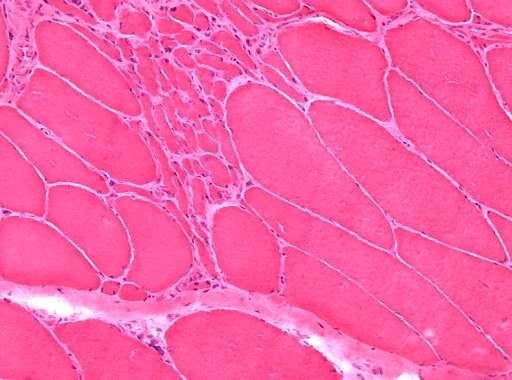
A new medication has been shown to improve motor function in children with late-onset spinal muscular atrophy (SMA).
In a recent study children were randomly assigned either the drug nusinersen or an artificial procedure, with the former found to cause significant gains in motor function. The study lasted from November 2014 until February 2017 and was published on 19 February in the New England Journal of Medicine.
Nusinersen is the first targeted treatment for SMA, working to alter the SMN2 gene through injecting a tiny fragment of synthetic DNA called antisense oligonucleotide (ASO) into the spinal fluid. The DNA is then absorbed into nerve cells of the spinal cord, boosting production of a protein required for neuromotor development.
The study, called CHERISH, enrolled 126 children between the ages of two and 12 with SMA Type 2. Participants were given four doses over nine months followed by a six-month examination period, before being invited to take part in an open-label extension study.
Researchers found that 57% of children receiving nusinersen showed an increase of at least three points in functioning scores between the start of the trial and the final stage of the examination period. This is compared with the 26% of patients in the control group who showed the same level of improvement.
“This treatment is transformative for the entire SMA community,” said the study’s senior author and chief of neurology at Nemours Children’s Hospital Dr Richard S. Finkel. “One thing we have learned, though, is that the closer to symptom onset that children begin treatment, the more substantial the improvement in motor function. However, even with delayed use, we observed significant improvements in older children with SMA on nusinersen.”
How well do you really know your competitors?
Access the most comprehensive Company Profiles on the market, powered by GlobalData. Save hours of research. Gain competitive edge.

Thank you!
Your download email will arrive shortly
Not ready to buy yet? Download a free sample
We are confident about the unique quality of our Company Profiles. However, we want you to make the most beneficial decision for your business, so we offer a free sample that you can download by submitting the below form
By GlobalDataSMA is classified according to the age at which symptoms first manifest themselves, as well as the most advanced motor milestone achieved during development. In the past, studies have evaluated the safety of nusinersen in the most severe form of SMA, known as Type 1. This form typically affects infants younger than six months who cannot achieve sitting. SMA Type 2 affects children older than six months who can sit before experiencing muscle weakness and a decline in motor function.
The CHERISH study had some restrictions on who could enrol, allowing a group of patients that were younger and more homogenous than those in clinical practice. Children were required to be able to sit independently at the study’s initiation, with no severe contractures or scoliosis, limited ventilation support, and no use of a gastric feeding tube.
Finkel and his colleagues have led efforts to include SMA in the Health Resources and Services Administration’s Recommended Uniform Screening Panel, a panel of conditions that are given immediate identification after birth. The recommendation has been approved and is waiting for the signature of the head of Health and Human Services. If included, children with SMA could be diagnosed and treated for the disease before symptoms appear.







